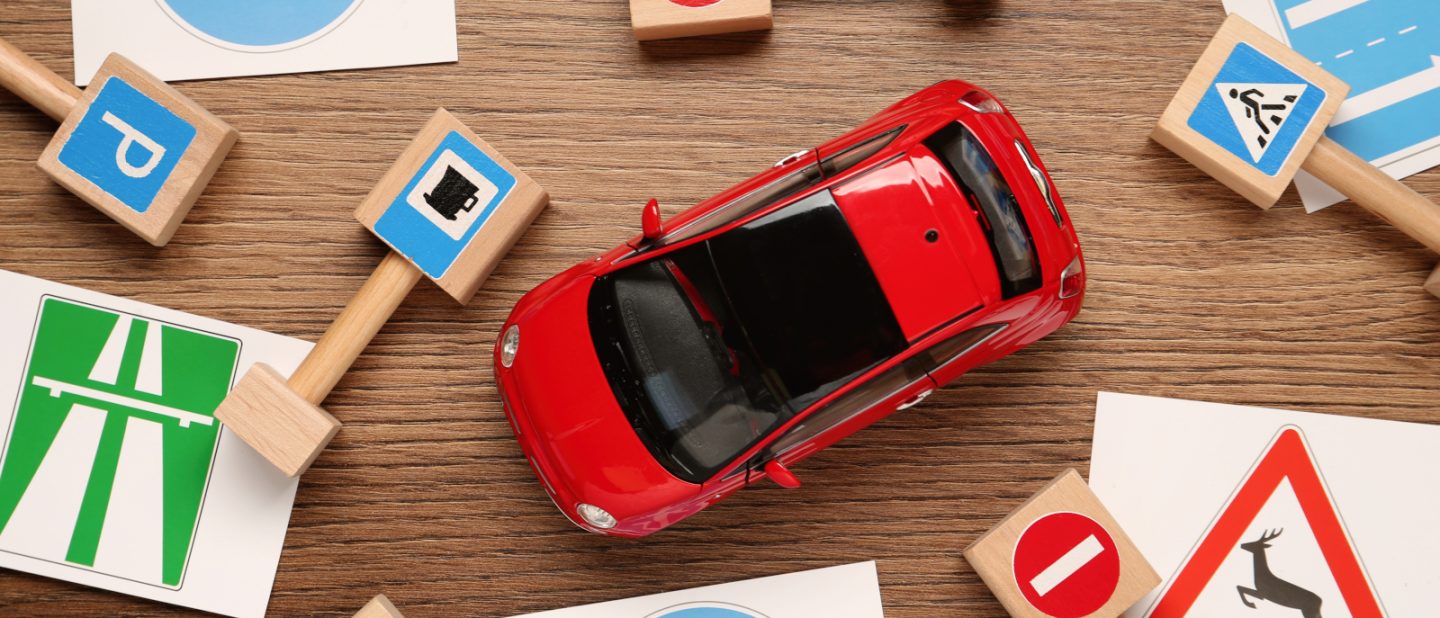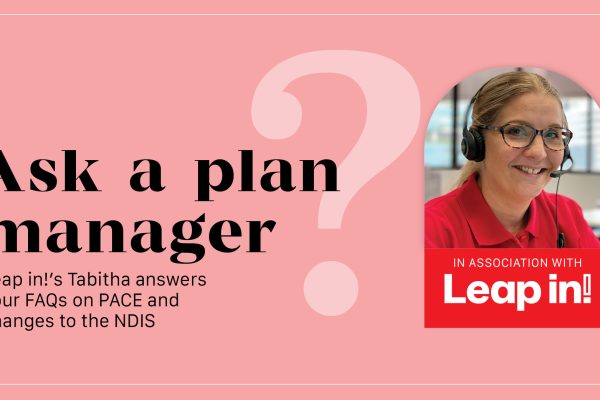
Getting your driver’s license: a guide for young people with disabilities
By Jarred Fred
Getting your driver’s license is an exciting milestone for many young people, but for those with disabilities, the process can be intimidating. However, with the right support and accommodations, anyone can learn to drive and become a responsible driver.
The first step in the process is NDIS funding may be used for the obtaining a Learner’s Permit. This can be done by passing the Road Rules Theory test at the Department of Transport. For those with disabilities, the process may include additional steps and accommodations. For example, individuals with a vision impairment may need a medical certificate from an eye specialist, and those with epilepsy will need a certificate from their doctor.
This is a crucial step as it lays the foundation for further driving lessons and obtaining a full license.
The next step is an Occupational Therapy Driver Assessment. During this assessment, an Occupational Therapist will review your medical conditions, physical and cognitive abilities, and recommend any necessary adjustments or accommodations. This assessment can sometimes be self-referred or referred by a medical practitioner.
NDIS funding may be used for the OT Driver Assessment, or fees can be subsidised through Private Health Insurance. It’s recommended to speak with your support coordinator about a plan review to include this funding.
Some of the most common disabilities that may require accommodations when driving include vision impairment, hearing loss, physical disabilities, and autism. For people with vision impairment, it may be necessary to install special mirrors. For those with hearing loss, a special device that amplifies the sounds of other vehicles and sirens may be necessary. People with physical disabilities may require hand controls or other modifications to the vehicle to allow them to drive safely. For those with autism, it may be helpful to provide a calm, structured environment during driving lessons to reduce anxiety and help them focus on the task at hand.
After the OT Driver Assessment, the next step is to book driving lessons and log hours. NDIS funding can be used for these lessons with a trained instructor as long as the eligible funding is in place.
Regarding the practical driving test, accommodations will be made based on the individual’s needs. For example, individuals with physical disabilities may need special modifications to their vehicle, and those with cognitive disabilities may need extra time for the test or support from a mentor.
Getting a driver’s license is a big accomplishment for anyone, but for young people with disabilities, it’s even more meaningful. It gives them independence and freedom and boosts their confidence and self-esteem. With the right support and accommodations, young people with disabilities can reach their goal of getting behind the wheel and hitting the open road.
JAMIE’S STORY


I am a support worker and recently I helped a young autistic man named Jamie (pictured right), who was nervous about undertaking such a process due to his learning difficulties, navigate obtaining his driver’s license.
Jamie was nervous from the beginning, and his nerves only increased when we practised the Road Rules theory test before obtaining his learner’s permit. Despite practising, he struggled with the questions and nearly gave up on getting his license. But I was there to encourage him and help him through each step. Online, 11 quizzes can be done to prepare for the test to get your learner’s permit, and Jamie and I did all of them.
After he obtained his learner’s permit, Jamie underwent an Occupational Therapy Driver Assessment (OT Driver Assessment), which reviews the individual’s medical, physical, and cognitive abilities, and recommends any necessary adjustments or accommodations. For Jamie, the assessor thought he would benefit from a specialist driving instructor that would cater to his needs.
We set Jamie up with a specialist driving instructor who was familiar with working with autistic individuals with learning difficulties like Jamie. The instructor was patient and understanding, which helped put Jamie at ease. Sadly, Jamie was unable to do these lessons through his NDIS plan as he did not have the eligible funding, but his mum was more than happy to help with the payments. Jamie’s driving lessons were tailored to his individual needs, with a focus on building confidence and developing good driving habits. The lessons were conducted in a calm, structured environment, which reduced Jamie’s anxiety and helped him focus on the task at hand. In only a couple of months, Jamie had done all the hours required for him to do his driving test.
When it came time for the practical driving test, we first met with the assessor at the Department of Transport. The instructor ensured Jamie had all the necessary accommodations, such as extra time for the test and a calm, structured environment to reduce anxiety and help Jamie focus.
Like many people who did the driving test, the first two times, Jamie was unsuccessful. He found that he would get so nervous that he would start shaking. But on the third time of trying, Jamie successfully passed his test! Jamie showed an immense amount of perseverance and strength, even when he felt like the odds were against him. As much support as we could give him, it all came down to Jamie and his abilities to see the task through, and by the end, after gaining his P plates, he knew it was all worth it.






